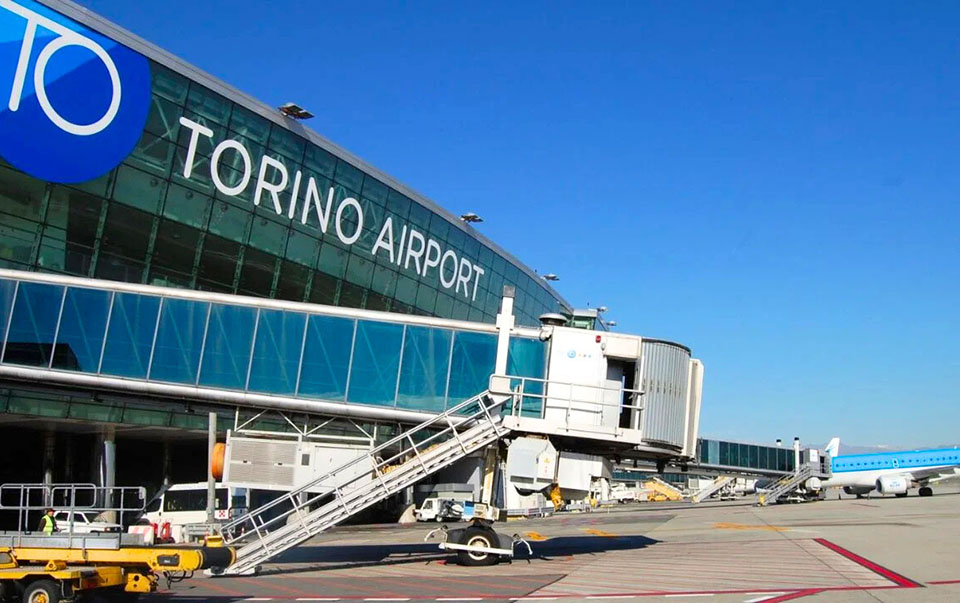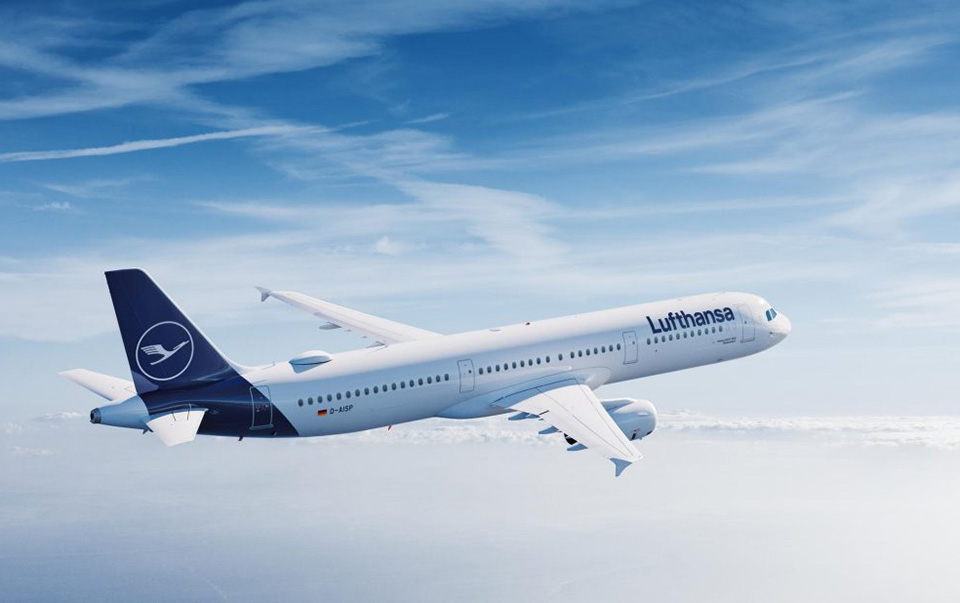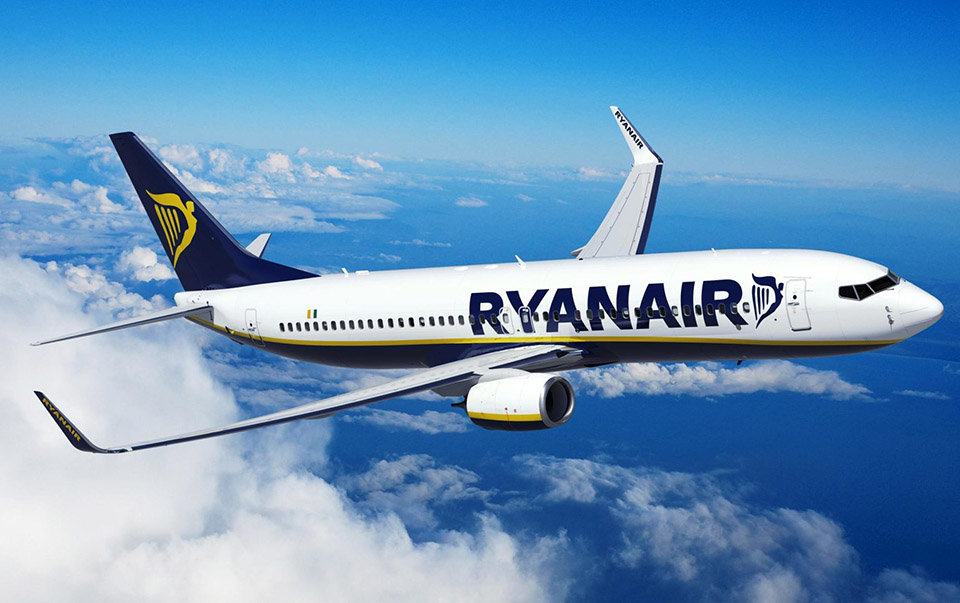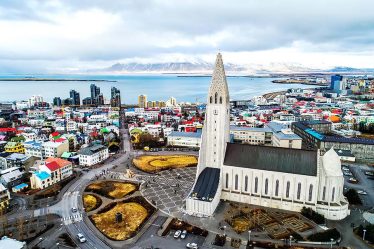
Turin (Torino), located in the northwest of Italy, is not only rich in history and culture but also attracts an increasing number of visitors due to its unique industrial background and culinary culture. Whether you are exploring the ancient neighborhoods of Turin or attending the grand annual Turin International Film Festival, choosing a comfortable and efficient flight is a key to a successful trip. Today, I will share my years of experience flying to Turin, helping you avoid transfer traps, reasonably avoid peak periods, and easily complete your flight plan.
1. Overview of Turin Airport
Turin Airport (Aeroporto di Torino-Caselle, airport code: TRN) is the main aviation hub of the city, located about 16 kilometers north of the city center. The airport is moderate in size, and its route network continues to expand. However, compared with larger cities like Milan and Rome, direct flights are limited, and often you need to reach Turin through transfers. Therefore, it is especially important to plan your flight schedule reasonably and choose suitable airlines.
2. Suggestions for Choosing Direct Flights
- Advantages of Direct Flights
The biggest advantage of direct flights is saving time and reducing uncertainties during the journey, such as transfer delays or lost luggage. Although direct flights to Turin are limited, some major European airlines offer regular direct flights, especially during peak travel seasons and certain holidays. - Recommended Direct Routes
Currently, direct flights to Turin are available from major European cities such as London, Frankfurt, Amsterdam, and Paris. For example, British Airways, Lufthansa, KLM, and Air France all offer direct flights to Turin. From my experience, booking 2 to 3 months in advance can help you secure more favorable prices. - Choosing Flight Times for Direct Flights
To avoid morning and evening peak hours and busy airport times, it is advisable to choose flights in the late morning or afternoon. The first flight of the day and late-night flights usually have concentrated passengers, resulting in longer boarding and security check times.
3. Potential Transfer Flight Traps and How to Avoid Them
- Common Issues with Transfer Flights
Although direct flights are comfortable, transfer flights sometimes become necessary due to price or schedule constraints. However, transfers carry certain risks such as flight delays, short transfer times causing missed connections, and even lost luggage. Once, when transferring at Frankfurt, a delayed flight nearly caused me to miss the next segment, fortunately, the airport had well-organized waiting arrangements. - Choosing Transfer Airports Wisely
Selecting the transfer airport is extremely crucial. Experience tells me that choosing large-scale airports with reasonable flight connections and efficient security procedures is key to reducing transfer risks. Airports like Frankfurt (FRA), Amsterdam Schiphol (AMS), and Paris Charles de Gaulle (CDG) are ideal transfer points. Avoid small or less familiar airports where security and transfer times are less flexible. - Transfer Time Recommendations
It is generally recommended to allow at least 2 hours for transfer time, especially when transferring from international to domestic flights. This provides enough buffer even in the case of minor delays to pass security and find your boarding gate. If it is your first international flight transferring to an EU internal flight, security checks tend to be stricter, so allow additional time. - Checked Luggage Handling
If you purchase a connecting ticket within the same airline alliance, your luggage is usually checked through to the final destination, avoiding the hassle of picking it up during transfers. However, if flights are booked separately, you may need to pick up your luggage and re-check it at the transfer airport, adding complexity and time pressure.

4. Tips to Avoid Peak Periods
- Avoid Traditional Tourist Seasons
Turin’s peak tourist seasons mainly concentrate in late spring to early summer (April to June) and autumn holidays, especially during the Turin International Film Festival (usually in November). If you don’t mind missing the crowds, traveling in the off-season not only offers cheaper tickets but also a more comfortable experience at the airport and in the city. - Flexibly Adjust Departure and Return Dates
When using flight search engines, flexibly adjust your dates to avoid weekends and holiday peak times. Tuesdays, Wednesdays, and Thursdays are usually quieter flight days with relatively lower prices. - Choose Early Morning or Late Night Flights
Although early morning and late night flights may be less comfortable, they often avoid crowded airport hours, speed up customs clearance, and offer more competitive prices. Depending on your physical condition, these flights can be a good choice to save time and money.
5. Airline and Booking Platform Recommendations
- Airline Choices
When choosing an airline, it’s crucial to prioritize those with strong reputations in Europe and an extensive route network. Airlines such as Lufthansa, Air France, KLM, and British Airways are known for their consistent service, on-time performance, and smooth transfer connections. They offer a wide variety of routes, making them ideal for seamless travel. On the other hand, low-cost carriers like Ryanair and easyJet provide more affordable ticket prices, but they often come with fewer amenities, simpler transfer services, and additional hidden fees. Therefore, if you opt for budget airlines, be sure to carefully check baggage policies and potential extra costs to avoid surprises. - Booking Platforms
For booking flights, I recommend using multi-channel search engines like Skyscanner, Google Flights, and Momondo. These platforms are excellent at comparing multiple airlines and offering a range of options, helping you find the most affordable flights while still aligning with your preferred schedules. They also allow you to filter results based on factors like direct flights, layovers, or specific times. While third-party sites are useful for price comparison, booking directly through an airline’s official website often provides additional benefits such as better customer support, more flexible refund or change policies, and loyalty program perks, which can be especially valuable for frequent travelers. - Book Early and Watch for Promotions
Booking your flights 3 to 6 months in advance is a smart strategy, particularly for flights during peak travel seasons or around major holidays. By booking early, you can secure better deals and avoid the price hikes that often occur closer to the departure date. It’s also beneficial to sign up for airline newsletters and alerts to stay updated on flash sales, special promotions, and limited-time discounts. Additionally, many airlines and travel platforms offer credit card point redemptions or loyalty rewards, which can significantly reduce your travel costs. Keeping an eye on these promotions can help you maximize your savings.

6. Practical Travel Tips
- Check-in Online in Advance
Checking in online ahead of time is one of the simplest yet most effective ways to streamline your travel experience. Most airlines open their online check-in portals 30 to 48 hours before departure, allowing passengers to select seats, download boarding passes, and avoid long check-in queues at the airport. This is especially useful during peak travel seasons when check-in counters are crowded. By checking in early, you reduce stress at the airport and can proceed directly to baggage drop or security, giving yourself more time to relax, shop, or grab a coffee before boarding. - Monitor Flight Status
Staying informed about your flight’s status is crucial, particularly when traveling through multiple airports or tight schedules. Downloading the airline’s official app or using third-party tools like FlightAware or App in the Air helps you receive real-time notifications about delays, gate changes, cancellations, or boarding updates. This proactive step prevents unnecessary confusion and ensures you’re always in the right place at the right time. Keeping your phone fully charged and carrying a power bank is also recommended so you can remain connected throughout your journey without disruption. - Prepare Transfer Airport Navigation
If your itinerary includes a connecting flight, especially at large or unfamiliar airports, it’s wise to study the airport layout in advance. Many airport websites and apps offer interactive maps and estimated walking times between terminals. Knowing the location of your arrival gate and the approximate distance to your next departure gate helps you avoid panic and wasted time. Some airports have long shuttle connections or security checks between terminals. By planning ahead, you minimize stress and increase your chances of making your connection smoothly, even with minimal layover time. - Packing Tips for Transfers
When dealing with transfers—especially if your tickets are not on a single booking and you must reclaim your luggage—be strategic about what you carry in your hand baggage. Always keep essentials like travel documents, medications, chargers, a change of clothes, and basic toiletries with you. This way, even if your checked bag is delayed or misplaced during a transfer, your trip won’t be entirely disrupted. For longer layovers, it’s also helpful to include snacks, entertainment, or a travel pillow in your carry-on to stay comfortable during waiting periods.
Flying to Turin may not be as rich in flight options as to Rome or Milan, but with reasonable planning and preparation, you can still enjoy an efficient and smooth travel experience. Direct flights are great, but transfers are not scary. As long as you avoid transfer traps, arrange reasonable times, pay attention to luggage check-through, and combine your own time and budget to choose suitable airlines and flights, your journey to Turin can also be full of fun and ease. I hope my experience provides practical reference for you and makes your Turin trip smooth from the start. Wish you a pleasant journey!


